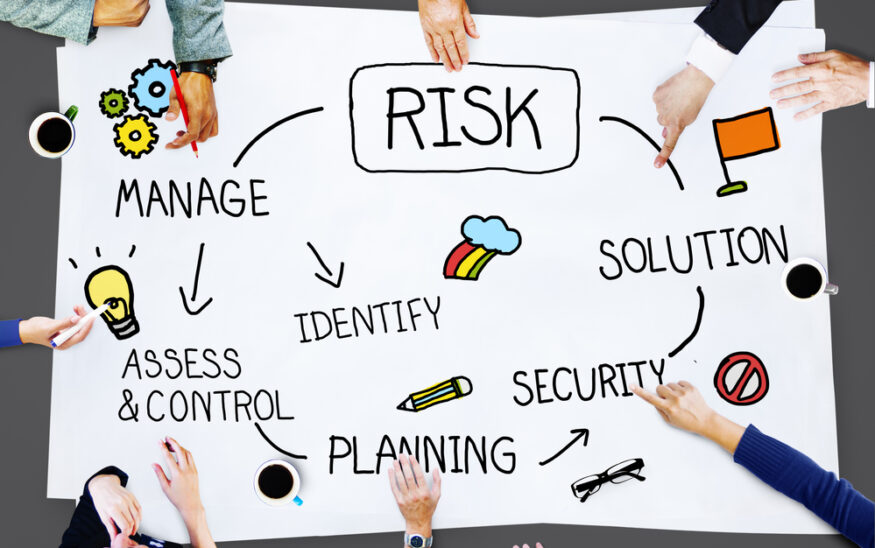Managing risk is a crucial aspect of both personal and professional decision-making. Effective risk management involves identifying potential risks, assessing their impact, and implementing strategies to mitigate them. In this guide, we’ll explore practices for managing risk that can help you safeguard your interests and make informed decisions.
1. Identify Potential Risks
Identifying potential risks is the first step in effective risk management. Understanding what risks you might face allows you to prepare and respond appropriately.
1.1 Conduct a Risk Assessment
Begin by conducting a thorough risk assessment. This involves analyzing your environment, operations, or project to pinpoint areas where risks may arise. For businesses, this might include financial risks, operational risks, or market risks.
1.2 Use Risk Identification Tools
Employ risk identification tools such as checklists, brainstorming sessions, or SWOT analysis (Strengths, Weaknesses, Opportunities, Threats). These tools can help uncover potential risks that may not be immediately obvious.
2. Evaluate the Risks
Evaluating the risks involves assessing their potential impact and likelihood. This step helps prioritize which risks need immediate attention and which can be managed with less urgency.
2.1 Analyze Risk Impact and Probability
Assess the potential impact of each risk on your objectives. Consider factors like financial loss, operational disruption, or reputational damage. Additionally, evaluate the probability of each risk occurring to determine its significance.
2.2 Prioritize Risks
Rank risks based on their impact and probability. This prioritization helps you focus on the most critical risks first and allocate resources effectively to address them.

3. Develop Risk Mitigation Strategies
Developing risk mitigation strategies is essential for minimizing the impact of identified risks. These strategies help you manage risks proactively rather than reactively.
3.1 Implement Preventive Measures
Introduce preventive measures to reduce the likelihood of risks occurring. This could involve improving processes, enhancing security measures, or providing training to employees.
3.2 Create Contingency Plans
Develop contingency plans to address risks if they do occur. These plans should outline specific actions to take in response to various risk scenarios, ensuring you are prepared for unexpected events.
4. Monitor and Review Risks
Monitoring and reviewing risks ensures that your risk management strategies remain effective over time. Continuous oversight helps you adapt to changing circumstances and new risks.
4.1 Track Risk Indicators
Regularly monitor key risk indicators to detect early signs of emerging risks. This might involve tracking financial metrics, performance indicators, or environmental changes.
4.2 Review and Update Risk Management Plans
Periodically review and update your risk management plans. As your environment, operations, or projects evolve, your risk management strategies should also adapt to address new or changing risks.
5. Foster a Risk-Aware Culture
Fostering a risk-aware culture encourages proactive risk management across your organization or in your personal life. A risk-aware culture promotes awareness and accountability among all stakeholders.
5.1 Encourage Open Communication
Promote open communication about risks and risk management practices. Encourage team members or family members to share their observations and concerns about potential risks.
5.2 Provide Risk Management Training
Offer training on risk management practices to ensure everyone understands their role in managing risks. Training helps build skills and knowledge needed to identify and address risks effectively.
6. Leverage Technology for Risk Management
Leveraging technology can enhance your risk management efforts. Modern tools and software provide valuable insights and streamline risk management processes.
6.1 Utilize Risk Management Software
Implement risk management software to automate risk assessment, monitoring, and reporting. These tools can help you track risks more efficiently and analyze data for better decision-making.
6.2 Adopt Data Analytics
Use data analytics to gain deeper insights into risk trends and patterns. Analyzing data can help you identify potential risks earlier and develop more effective mitigation strategies.
Conclusion: Effective Risk Management for Success
Implementing practices for managing risk is essential for achieving success and ensuring stability. By identifying potential risks, evaluating their impact, and developing effective mitigation strategies, you can protect your interests and make informed decisions. Monitoring and reviewing risks regularly, fostering a risk-aware culture, and leveraging technology will further enhance your risk management efforts. With these best practices, you can navigate uncertainties with confidence and safeguard your future.




